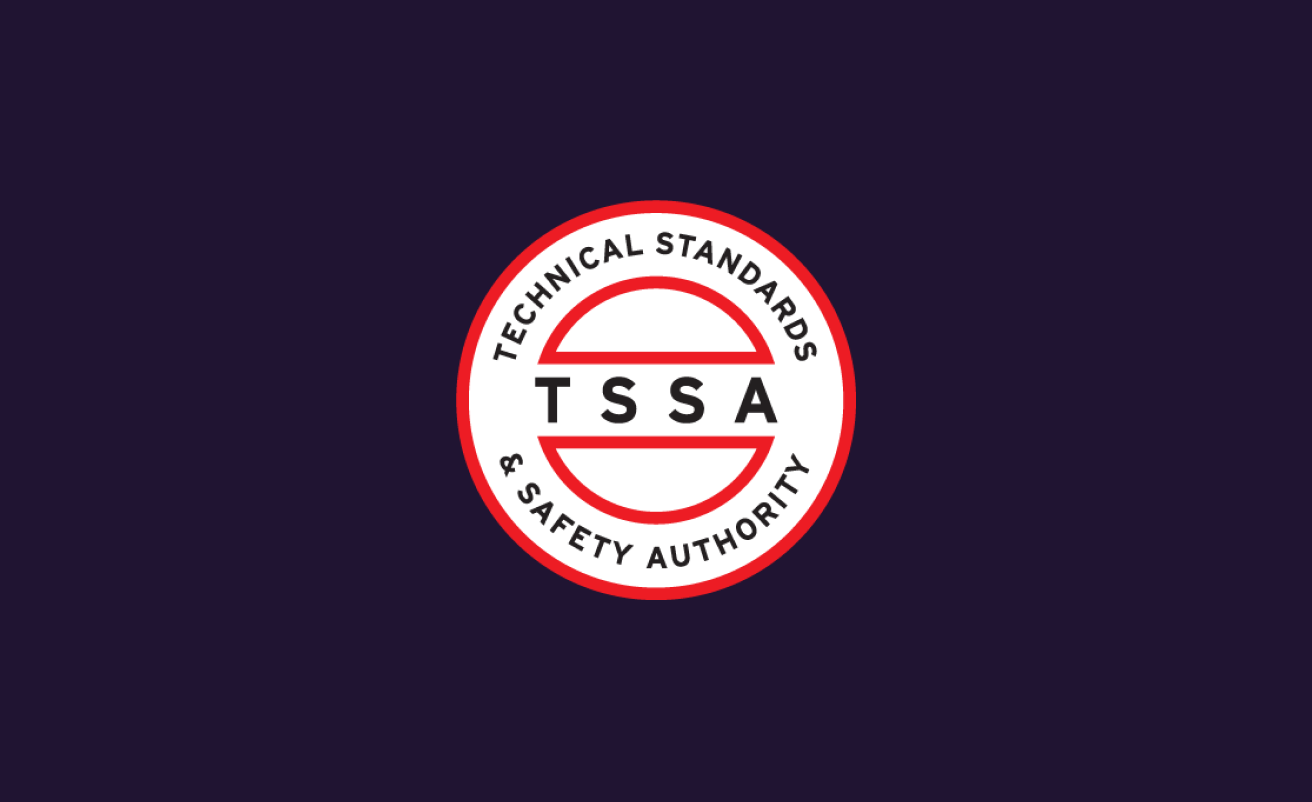
The requirement to report extended elevator outages takes effect in July 2022
This summer, legislation is coming into effect that will include new reporting requirements for extended elevator outages in residential buildings. The new rules, which seek to enhance the availability, safety and maintenance of elevators in Ontario, will also give members of the public access to information about elevator outages via the Technical Standards and Safety Authority’s (TSSA) website.
Starting July 1, 2022, owners and licensees (the person in charge of the elevating device as the license holder) of elevators in residential buildings and long-term care homes are required to report to TSSA elevator outages lasting 48 hours or longer. The reporting needs to be completed within 30 days after the day the elevator was returned to service.
Data on elevator outages will be used for public reporting purposes and to inform and shape future regulatory decisions on elevator safety and availability. TSSA’s website is intended to show historical data of reported elevator outages that have been out of service for 48 hours or longer.
TSSA’s residential elevator availability portal will be live in the summer. The portal will be accessible without login for anyone to view elevator outage records.
A user ID and password, which will be required to report an elevator outage, can be created by using the information found on a recent TSSA invoice. Only elevator owners or licensees can report elevator outages using the portal.
Starting in July 2022, if members of the public believe that an elevator in a building has been out of service for 48 hours or longer and the outage occurred more than 30 days ago, they should contact the elevator owner and ask them to report the outage.
*An elevator outage caused by an incident must be reported via TSSA’s elevator outage portal. The incident also needs to be reported to TSSA separately as the data collected for outages and incidents are different. To report an incident involving an elevating device, please refer to the ED Incident Reporting Guidelines or Incidents Involving Floods.
Reporting Outages
Details on reporting elevator outages will be made available in the coming months. For more information on what the new rules mean to elevator owners, contractors and users, please refer to the website or read Frequently Asked Questions.
Reporting extended elevator outages is a regulatory requirement. Compliance with reporting requirements is important to avoid potential charges under the Technical Standards and Safety Act, 2000.
Background
There are almost 20,000 passenger elevators across more than 10,000 residential and institutional buildings in Ontario. As the existing stock of elevators ages and the province continues to experience rapid growth in the construction of buildings (including high-rise condominiums), stakeholders across Ontario have raised a variety of issues related to the availability of elevators, according to former Justice Douglas Cunningham’s recommendations in his 2018 report on elevator availability.
To look at how these regulatory changes can help support having elevators that are well maintained and meet safety requirements, the Ontario government conducted consultations from July 2 to August 4, 2020 and sought input on the proposed regulatory changes under the Technical Standards and Safety Act, 2000.
Please refer to the following resources for more information:
- Elevating Devices regulation
- Auditor General of Ontario’s recommendations on improving elevator safety
About TSSA
Throughout Ontario, the Technical Standards and Safety Authority (TSSA) enforces provincial safety regulations and enhances public safety. TSSA regulates the safety of amusement devices, boilers and pressure vessels, elevating devices, fuels, operating engineers, and ski lifts. Its range of safety services includes public education, certification, licensing and registration, engineering design review, inspections, investigations, safety management consultation, compliance support, enforcement and prosecution activities.